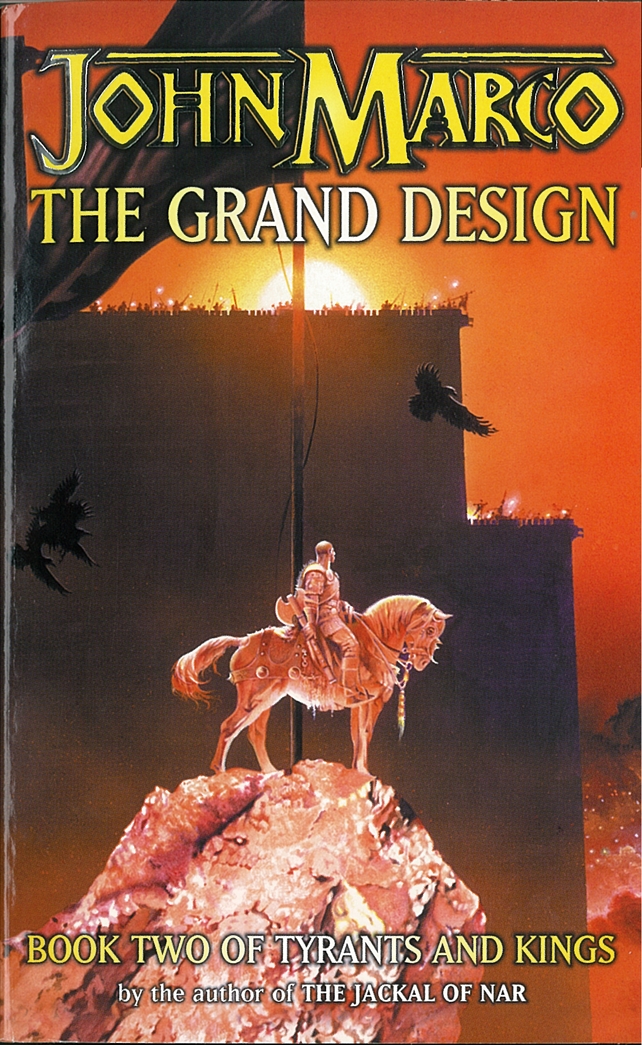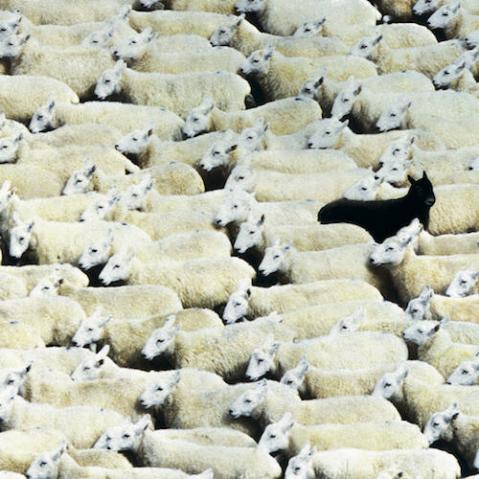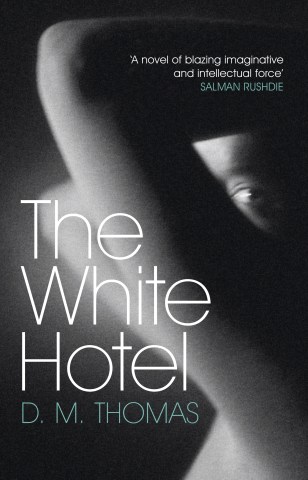Capturing crowd scenes

Photographing crowd scenes is something that most people will encounter at some point in their photographic adventures, especially for those who partake in street photography. While photographing a crowd might give the impression of being easy—there’s so much to grab one’s attention, after all—it can prove more demanding than supposed.
 Focus on what’s important. Use a wide aperture (small ƒ-number) to dissolve the clarity of the extraneous parts of the crowd scene. This lets you creatively explain what the message or most interesting part of the gathering is, without totally losing context. (Image by Frank Gallaugher)
Focus on what’s important. Use a wide aperture (small ƒ-number) to dissolve the clarity of the extraneous parts of the crowd scene. This lets you creatively explain what the message or most interesting part of the gathering is, without totally losing context. (Image by Frank Gallaugher)
There are many ways to photograph a crowd scene. The most obvious perhaps is shooting the crowd head-on and including a portion of the backdrop or surrounding scene to help the viewer put it into context, because although the crowd is interesting, it doesn’t have to be the main or only focus. For this, you can include recognisable buildings or landmarks to offer a suggestion of where the crowd is, decorations such as those put up during the holidays to place when the image was taken, or simply just include part of the city’s structure to tell a story visually, such as street lights, signs, billboards, or shop fronts to add a narrative.
Technical details
When you’re photographing crowds that include other aspects of the surroundings, zoom out to a wide-angle focal length and use an ƒ-number large enough (an aperture small enough) to capture detail in the background as well as the foreground. In good light, consider using between ƒ/8 and ƒ/22 depending on how far away the background detail is and how pin-sharp you want the clarity to be. Remember that when using the camera handheld during longer exposures, such as those when utilizing a small aperture, ramp up the ISO if possible, or find something to stabilize the camera on to avoid blurry results.
 Crowded crowds. To convey a sense of claustrophobia within the shot, move or zoom into crop out any sparse areas of the scene. If you are shooting from above, as shown here, make sure people border every part of the frame’s edge. Alternatively, should you be shooting head on, include people on the left and right of the frame and zoom in close to the action. (Image by Frank Gallaugher)
Crowded crowds. To convey a sense of claustrophobia within the shot, move or zoom into crop out any sparse areas of the scene. If you are shooting from above, as shown here, make sure people border every part of the frame’s edge. Alternatively, should you be shooting head on, include people on the left and right of the frame and zoom in close to the action. (Image by Frank Gallaugher)
Zoom in Close
Just as you can photograph the whole scene keeping most or all of it in focus, you can also do the opposite—zoom in on key elements or characters within the crowd and lose focus of the surrounding details. This adds a creative and dynamic edge but still retains the essence of its context so the viewer can relate to what they are seeing. This also has the effect of thrusting the viewer into the action.
To achieve this effect, scan the crowd for something of interest then frame it closely using a telephoto focal length or move closer to the action with a wide-angle lens. When composing the scene, try to frame it so there is an element of the crowd still around it. Opt for a large aperture such as ƒ/5.6 to begin with and focus on the subject by depressing the shutter and locking onto the target. You can use the depth of field preview button if your camera has one to preview how the image will appear. Furthermore you can decrease the f-number later if you prefer to decrease the clarity of the area not in focus, or increase the ƒ-number to include more detail in the surrounding elements.
Play with Perspective
To capture the entirety of a crowd you may have to consider changing your vantage point to best express the message of the shot. Furthermore playing with the angle from which you shoot can add a stylistic edge to your results. Shooting from above, out of a window or from a bridge for example, allows the photographer to set the crowd in context using the city’s furniture such as stop lights, pedestrian crossings, shopping malls and sidewalks.
 Set the scene. Contextualising large groups of people can sometimes be challenging—there may not be enough room or a wide-enough angle to capture the full expanse of the scene. But keep an eye out for situations where people naturally group themselves together in some defined space, or around some connotative object that explains the action in the scene (in this case, a large group of people taking shelter from the rain underneath a bridge). (Image by Frank Gallaugher)
Set the scene. Contextualising large groups of people can sometimes be challenging—there may not be enough room or a wide-enough angle to capture the full expanse of the scene. But keep an eye out for situations where people naturally group themselves together in some defined space, or around some connotative object that explains the action in the scene (in this case, a large group of people taking shelter from the rain underneath a bridge). (Image by Frank Gallaugher)
In this regard you can be much more creative with what is depicted, as you don’t have to show faces, but can still express to the viewer that they are looking at a crowd. For example an image of marathon runners taken from street level will show legs and trainers. This still suggests a gathering of people, but more creatively sets the scene. Likewise flocks of hands held up in the air can suggest revellers at a music concert, without having to include the rest of the people in the frame, or anything else contextual.
Michael Freeman’s Photo School: Street is Michael Freeman’s and Natalie Denton’s guide to street photography. From which kit you might need, to spotting compelling images, via shooting discreetly, and honing your technique, this book will take you from average snap to great great street photo.
 Michael Freeman’s Photo School: Street
Michael Freeman’s Photo School: Street
£6.99 Download the PDF now!
This PDF version retains the styling of the original print book.
RRP for print edition: £17.99




